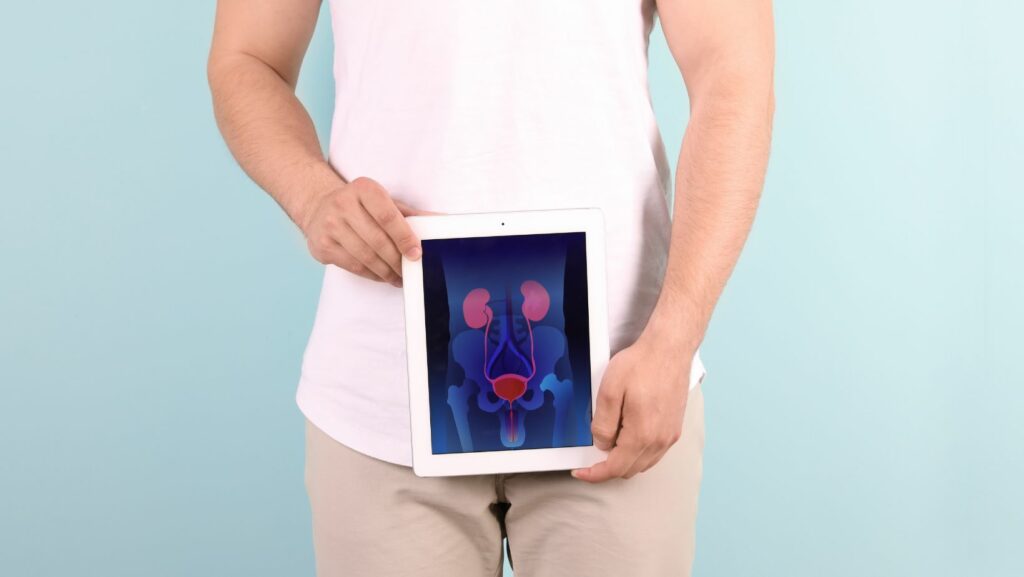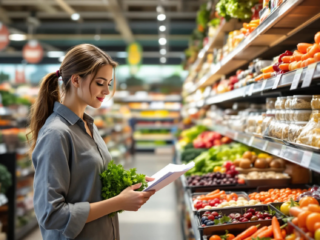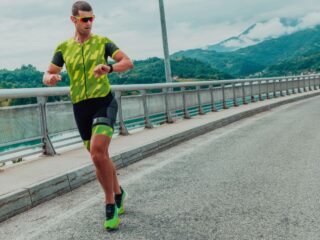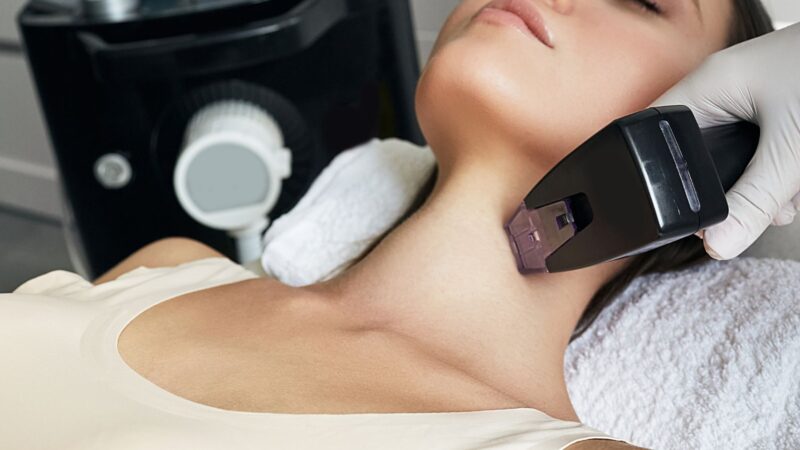
Urinary incontinence is an incredibly common yet often embarrassing condition affecting over 25 million Americans. While many suffer in silence, a wide range of treatment options exist to improve symptoms and quality of life dramatically.
When it comes to urinary incontinence treatment, many patients assume surgery is the only real solution. However, several highly effective non-surgical therapies can treat and manage incontinence without invasive procedures.
This comprehensive guide will explore the different types of urinary incontinence, non-surgical treatment approaches, and how to find an ideal solution tailored to your needs.
Understanding Urinary Incontinence
Urinary incontinence refers to the unintentional leaking of urine. While anyone can experience episodes, it becomes more common with age. Incontinence ranges from occasional minor leaks to complete loss of bladder control.
The severity often depends on the type of incontinence:
- Stress incontinence involves urine leakage from physical movements that pressure the bladder, such as coughing, sneezing, laughing, or exercising.
- Urge incontinence causes a sudden, intense urge to urinate that’s difficult to control, leading to leakage before reaching a toilet.
- Overflow incontinence occurs when the bladder doesn’t fully empty, causing dribbles of urine to leak out once it becomes overly full again.
- Mixed incontinence is a combination of stress and urge incontinence symptoms.
- Functional incontinence stems from physical or mental impairments, making it difficult to reach the restroom in time.
While potentially embarrassing, none of these conditions are permanent. A variety of non-surgical treatments for urinary incontinence can dramatically reduce leakage episodes.
Behavioral Therapies for Bladder Control
One of the first lines of defense in treating urinary incontinence relies on simple behavioral modification strategies to retrain the bladder. These conservative approaches include:
Bladder Training
This involves using scheduled toilet times while gradually increasing urination intervals to build bladder capacity. Proper technique prevents leaks while reconditioning bladder muscles.
Double Voiding
Relaxing before completely emptying the bladder helps overcome output difficulties from incomplete urination. Trying a second void a few minutes later can fully drain residual urine.
Fluid & Diet Changes
Limiting caffeine and alcohol intake, which aggravates overactive bladder symptoms, while staying hydrated with moderate water consumption yields improvements.
Weight Loss
Reducing excessive weight relieves pressure on the bladder and pelvic muscles, which is a common contributor to stress incontinence, particularly in women.
These re-training methods require diligence but have no risk or side effects, making them an excellent first step.
Incontinence Product Options
While not resolving underlying causes, numerous specialized products discreetly contain leakage and protect against embarrassment during treatment, including:
- Protective underwear and pads: These highly absorbent yet discreet, disposable products are designed specifically for different types and levels of urinary incontinence.
- Pessaries: These removable devices placed internally support the bladder and help control leaks. Both disposable and reusable pessary options exist.
- Catheter systems: For those with severe urine retention, catheter inserts or external collection pouches provide an advanced containment solution.

Combined with a proactive treatment plan, these containment aids provide confidence and freedom as improvements occur.
Physical Therapy Techniques
When behavioral changes prove insufficient, physical therapy offers the next level of non-invasive urinary incontinence treatment options:
Pelvic Floor Muscle Training
Also called Kegel exercises, these techniques strengthen the pelvic floor muscles, supporting bladder control by contracting and relaxing them through targeted movements.
Biofeedback Therapy
This involves using monitoring devices to identify weak pelvic muscles through physical cues during practice contractions. It visually reinforces the proper Kegel technique for faster strengthening.
Electrical Stimulation
A mild electric current can be applied through vaginal or anal sensors to stimulate pelvic floor muscle contractions, essentially providing the same benefits as exercises.
Guided by a licensed physical therapist, these approaches utilizing your body’s muscles enhance incontinence control for future episodes.
Prescription Medications & Medical Devices
While not a cure, pharmaceuticals and specialized devices provide temporary relief from symptoms by assisting the bladder and incontinence-related muscles:
Anticholinergic medications
These block acetylcholine, a neurotransmitter that allows bladder muscles to contract. Relaxing these muscles allows the bladder to hold more urine between bathroom trips.
Mirabegron & Beta-3 agonists
These work differently by improving the relaxation of bladder muscles during the filling phase, thereby increasing the capacity to prevent leaks.
Pessaries & Urethral Inserts
Small tampon-like disposable devices placed internally apply subtle pressure to prevent urine leaks when inserted before activities.
Bulking Agents
Injectable substances like carbon spheres can “bulk up” the area around the urethra to provide better leak prevention and control.
Medicated patches & suppositories
Hormone and estrogen-based local therapies may provide relief through tissue repair and strengthening pelvic floor muscles.
While effective for many, these treatments for urinary incontinence carry potential side effects, including dry mouth, constipation, and UTIs, so use must be weighed carefully.
Non-Surgical Therapies Providing Long-Term Control
For patients seeking more lasting relief without surgery, certain non-invasive therapies may achieve that by directly targeting the root cause of incontinence:
Axonics Therapy
This rechargeable device is surgically implanted but uses mild sacral neuromodulation therapy instead of a full sling to condition bladder nerves for normal voiding.
BlueWind RENOVA iStim
A next-generation alternative to implants, RENOVA relies on a tampon-like electrode to deliver mild electrical pulses that strengthen pelvic floor muscles.
Emsella Chair
Using HIFEM energy, the Emsella triggers thousands of deep pelvic floor muscle contractions in a 28-minute session, remodeling the area for bladder control.
Bulkamid Injections
A urethral bulking agent made of biocompatible polyacrylamide hydrogel builds up the urethral wall for better control over accidental leakage.
Radiofrequency Therapy
Systems like Viveve and ThermiVa utilize radiofrequency to regenerate weakened vaginal and urinary tissues contributing to incontinence symptoms.
These advanced non-surgical treatment options show promising results for reducing urinary incontinence episodes over the long term with fewer risks compared to invasive surgery.
Surgery as a Last Resort Option
Surgical solutions may be considered under a doctor’s advisement for only the most severe incontinence unresponsive to non-surgical therapies.
Sling procedures like transvaginal tape (TVT) or mini-slings involve implanting a mesh “sling” to support the urethra and prevent leaks artificially. Bladder neck suspension surgery accomplishes this via an abdominal incision.
A more involved option, urethral injection therapy, bulks up tissues around the urethra for compression and improved sphincter control. Implantable nerve stimulators represent another potential surgery.

While generally effective when other options fail, surgery carries vastly higher risks of complications like bleeding, infection, and even worsened incontinence compared to conservative non-invasive routes.
Finding the Right Urinary Incontinence Treatment
There’s no one-size-fits-all solution for treating urinary incontinence. The ideal treatment depends on factors including:
- Type and severity of symptoms
- Underlying cause and risk factors
- Your age, overall health, and activity levels
- Your personal lifestyle and goals
- Cost and insurance coverage considerations
In many cases, patients find that combining multiple non-surgical therapies resolves their urinary symptoms. For instance, lifestyle changes, pelvic floor exercises, and a prescription may completely control the condition.
Working closely with an experienced urogynecologist or other continence specialist is crucial to developing a customized, phased treatment plan progressing from conservative to more aggressive non-surgical options if needed.
Above all, don’t let embarrassment over urinary incontinence prevent you from seeking help. Countless non-surgical solutions exist that are safe, effective, and vastly improve one’s quality of life.











